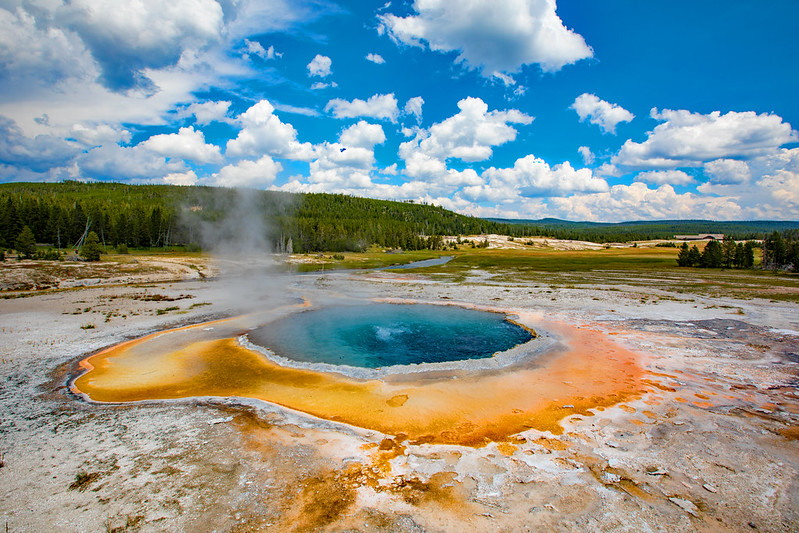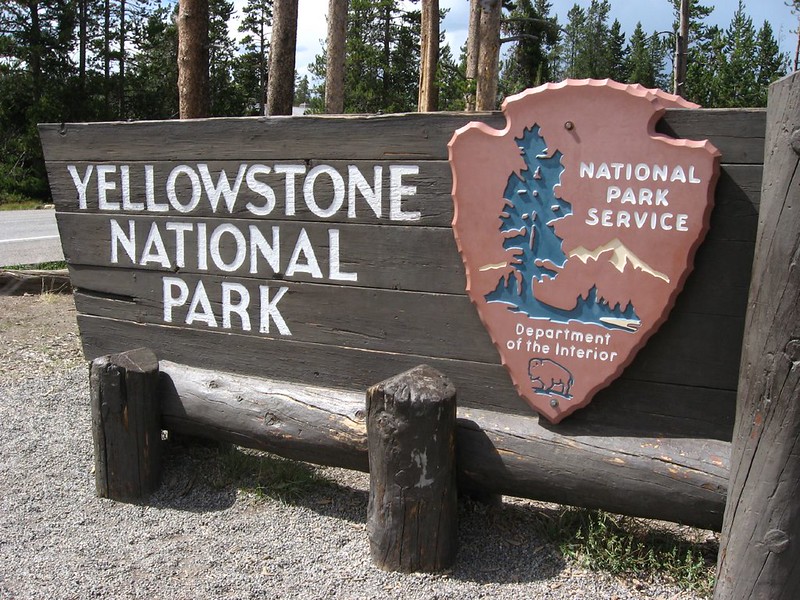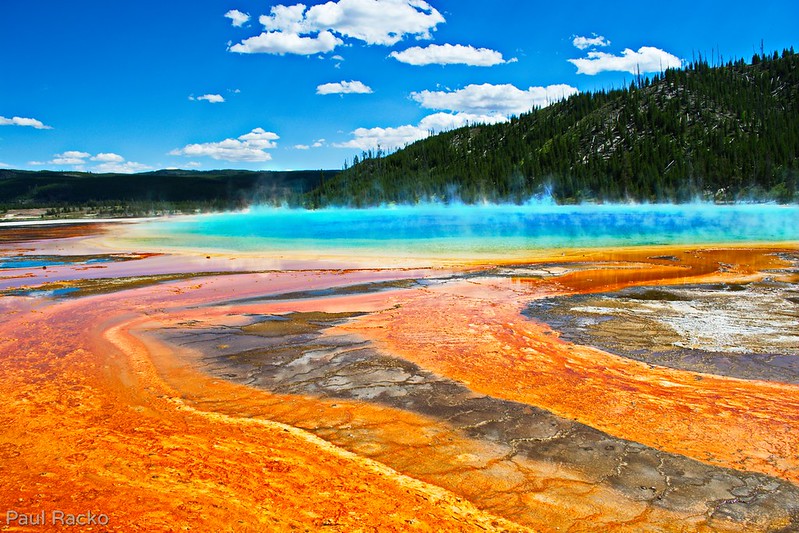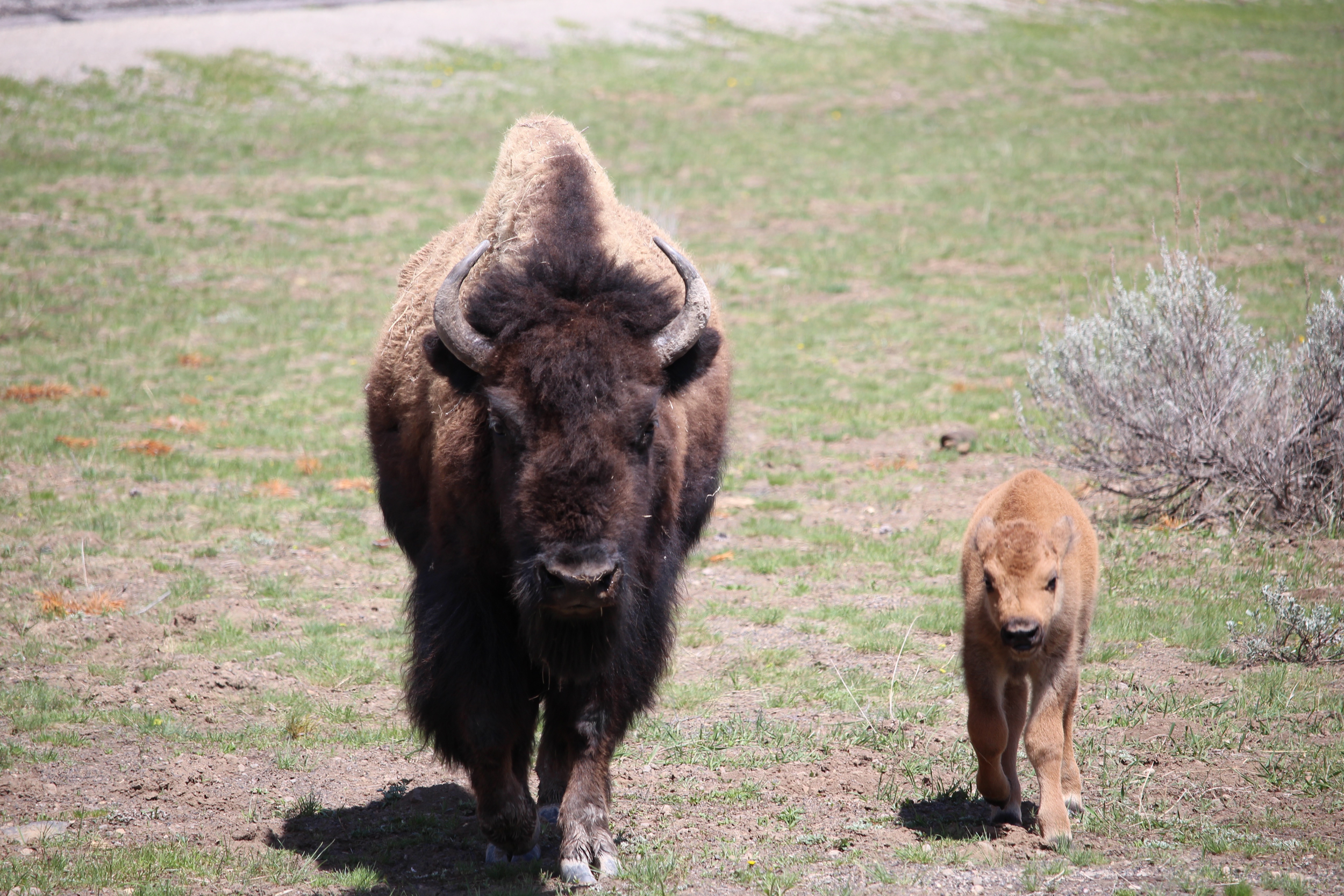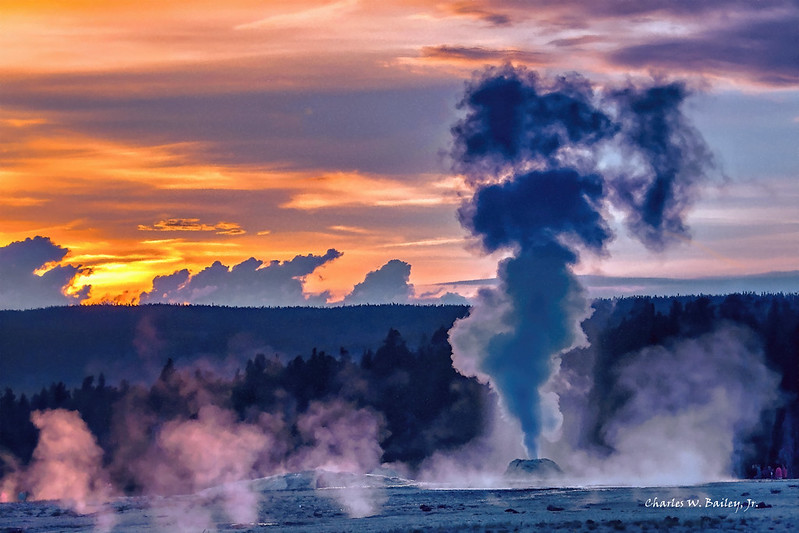On March 1, 1872, the U.S. Congress established Yellowstone National Park and signed it into law by U.S. President Ulysses S. Grant. It was the creation of the first national park in the world, a milestone in the history of global nature conservation. The protected area status “national park” is today defined by the International Union for Conservation of Nature (IUCN), and nearly 100 countries around the world have lands and seas classified as such jewels of protected areas (see the world-list). National parks are the most important backbones of the worldwide protected area network. And protected areas have been proved to be the most effective measure to safeguard biodiversity on earth. The world community is presently discussing the need to protect by 2030 at least 30% of the global land and seas. This so-called 30×30 goal is seen as equally essential as the 1,5 degrees climate goal to secure the future of life on earth.
Linking Tourism & Conservation (LT&C) aims to make tourism a leading factor in the implementation of global nature conservation tasks such as the 30×30 goal. The Greater Yellowstone region has already been profiled as an LT&C-Example. It is described by the provider of this example as the largest intact ecosystem in the continental United States and at the southern end of a corridor of wildlands stretching to the Yukon. Approximately 98% of the land and bodies of water in Teton County, Wyoming have some level of protection, including the world’s first national park: Yellowstone. Four million visitors come to experience the incomparable wildlife, scenery, and quality of the environment. The source of water for our nation is Yellowstone National Park which serves as the wellspring for 8 major rivers. The opportunities are innumerable and unparalleled to recreate, enjoy life, receive inspiration, and be well.
ll very good reasons to celebrate today the 150s anniversary of the world’s first national park: Yellowstone National Park.
